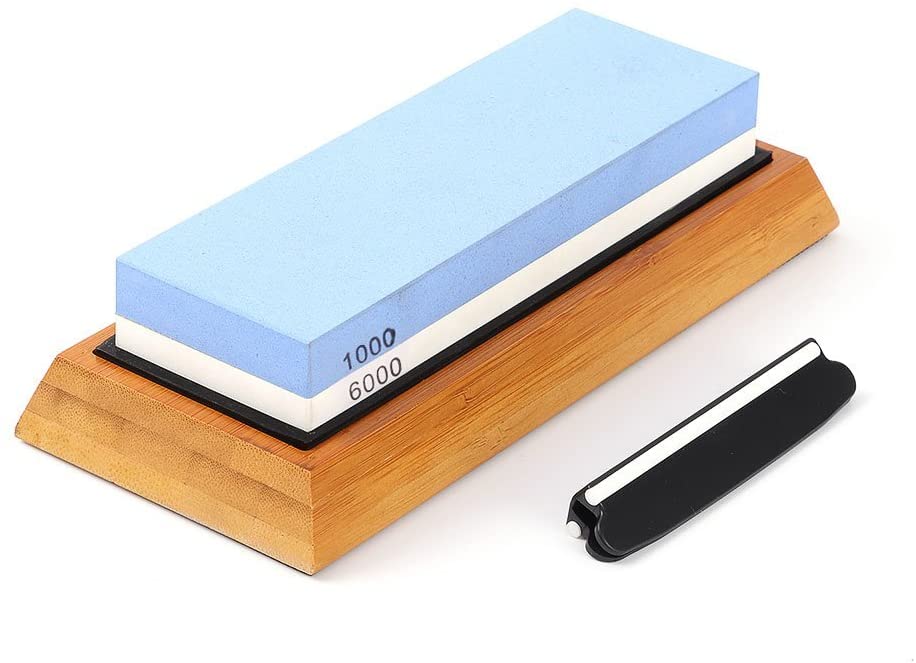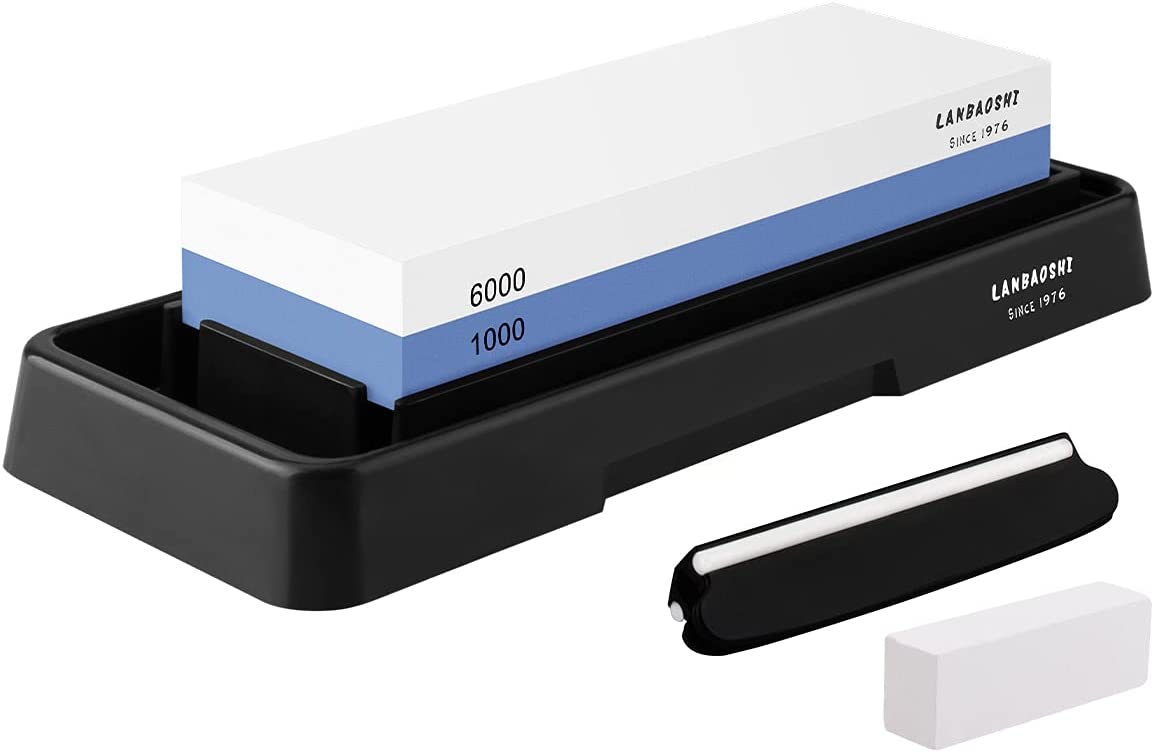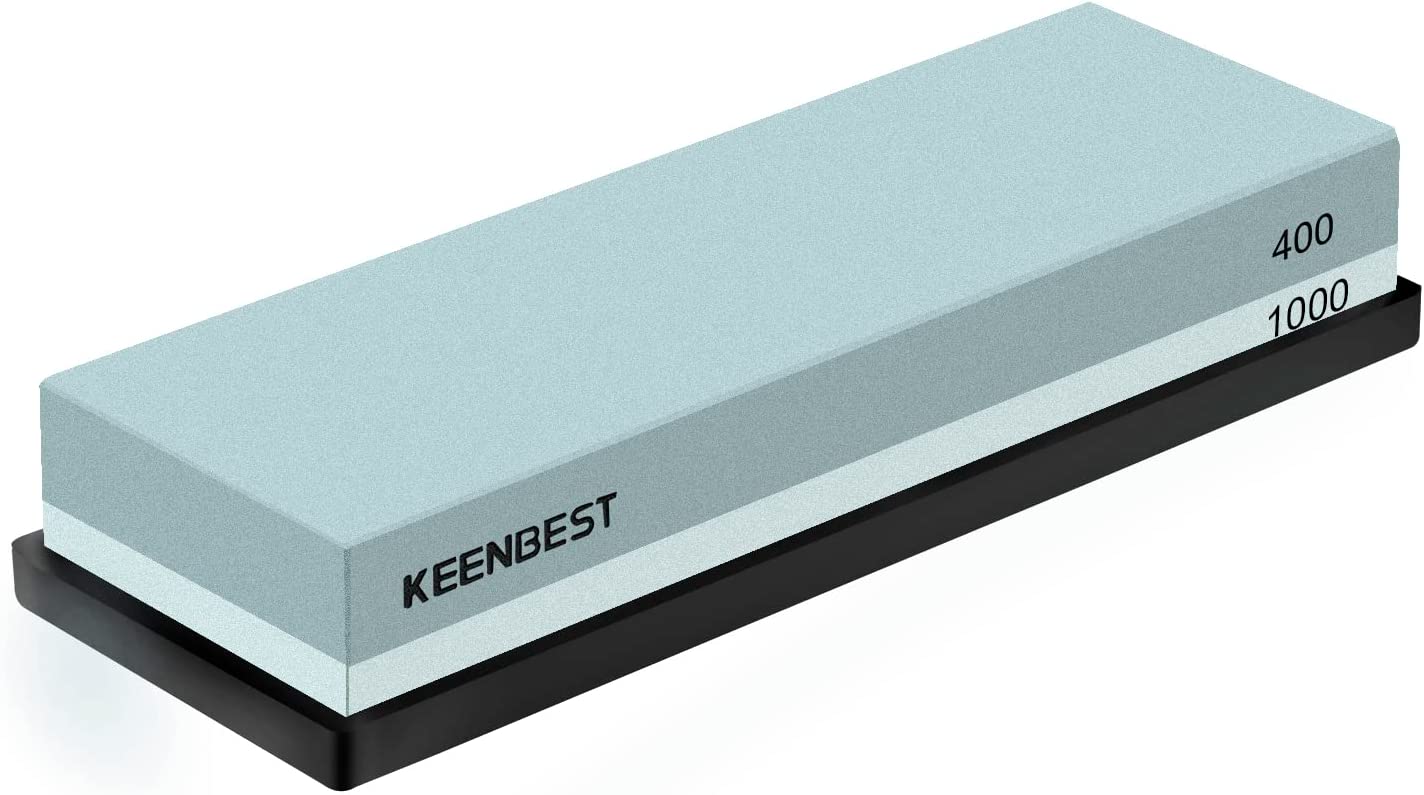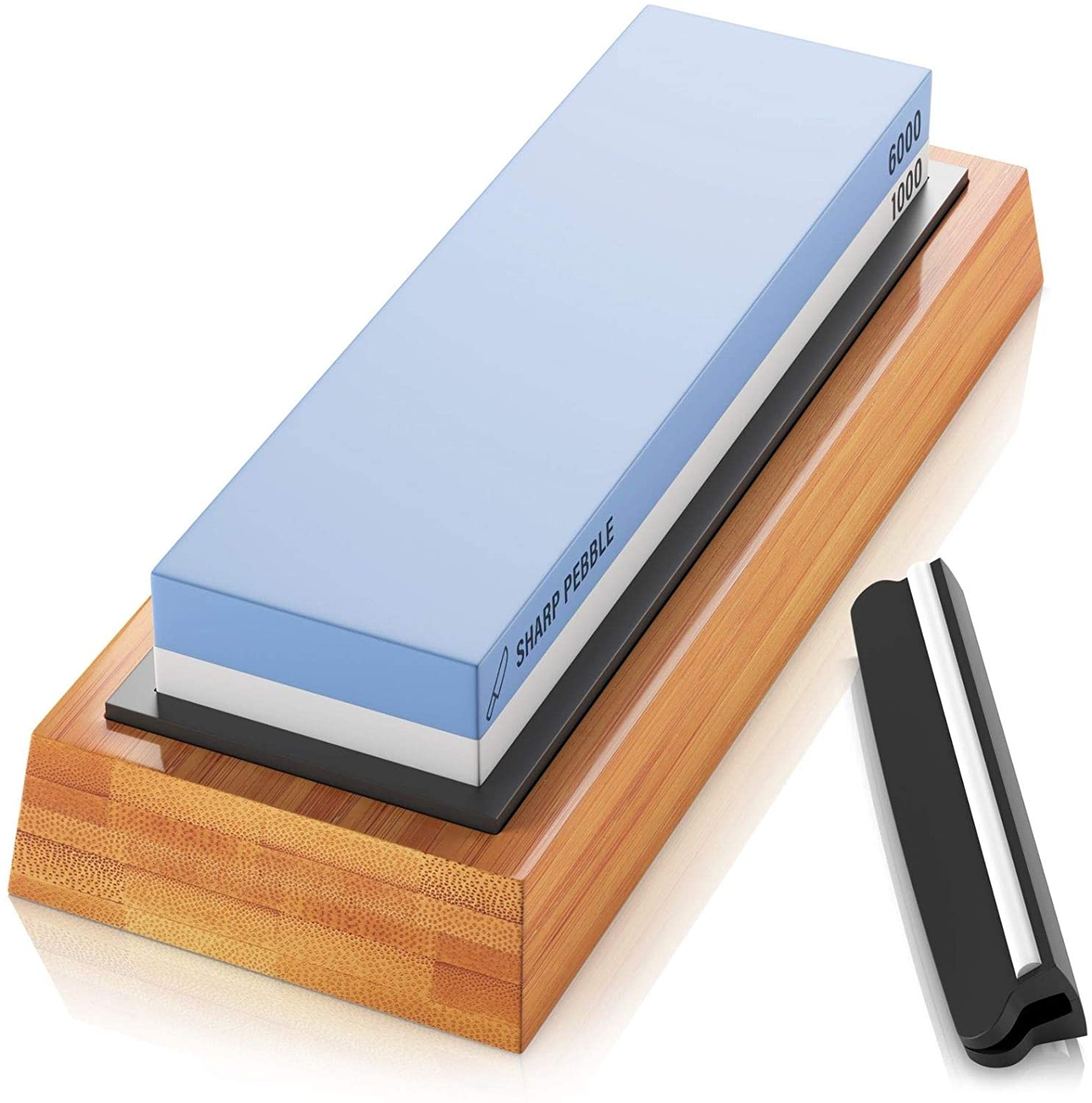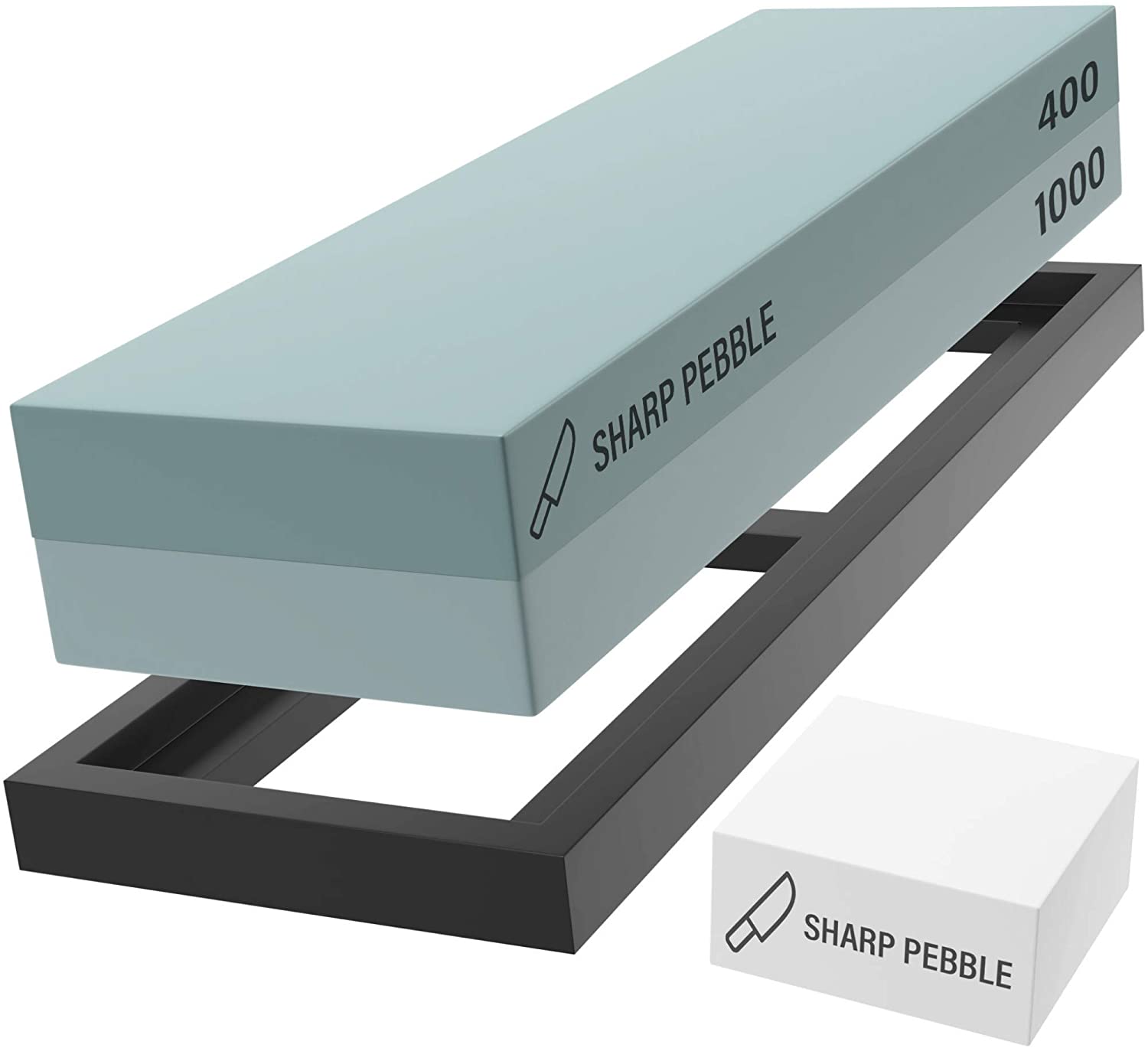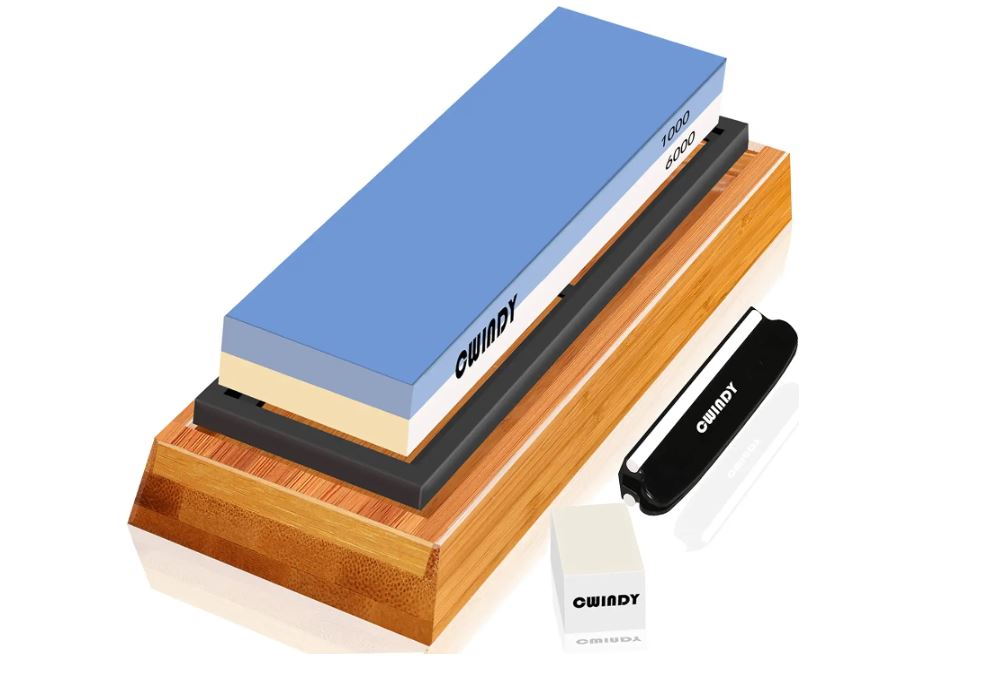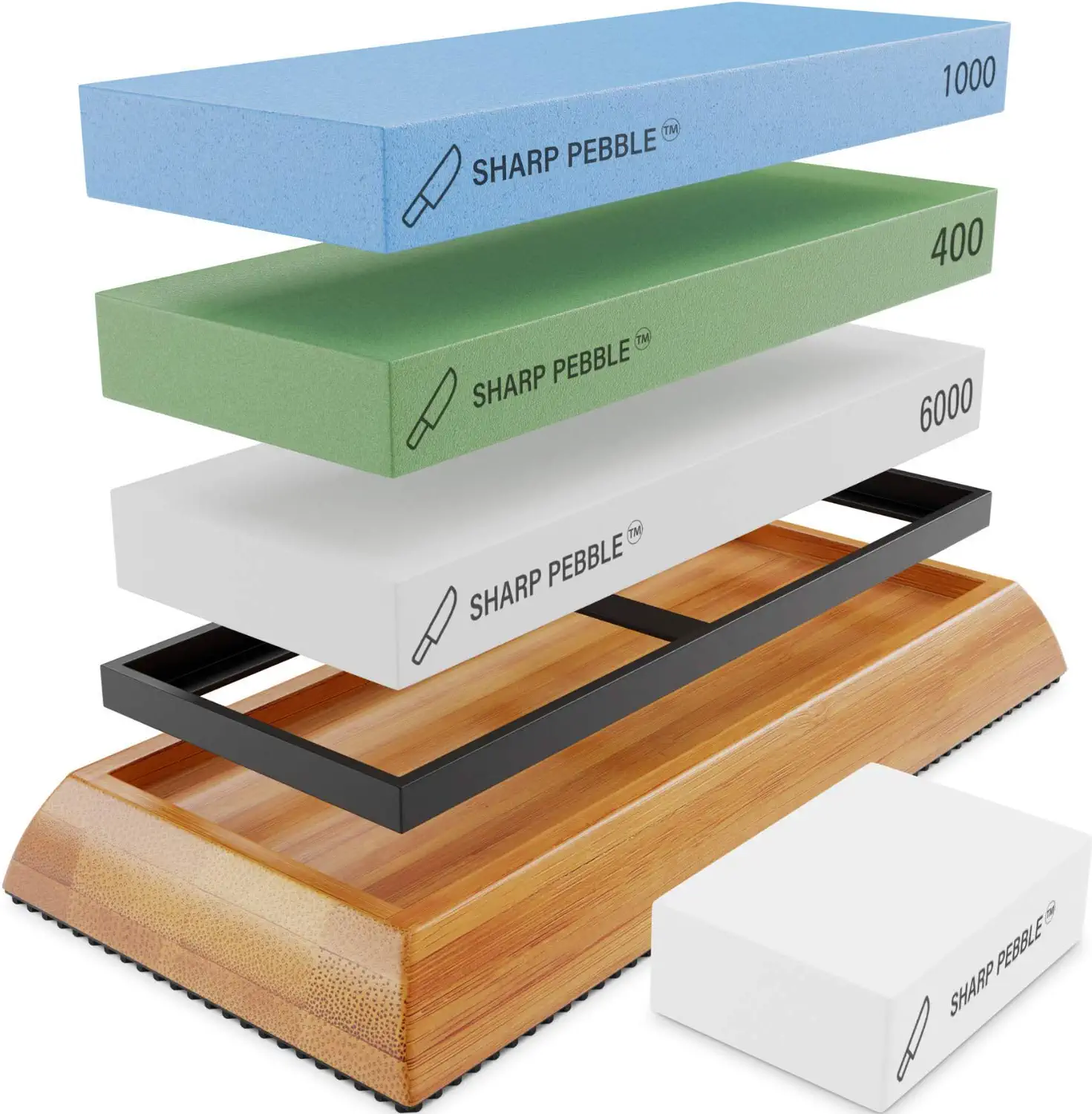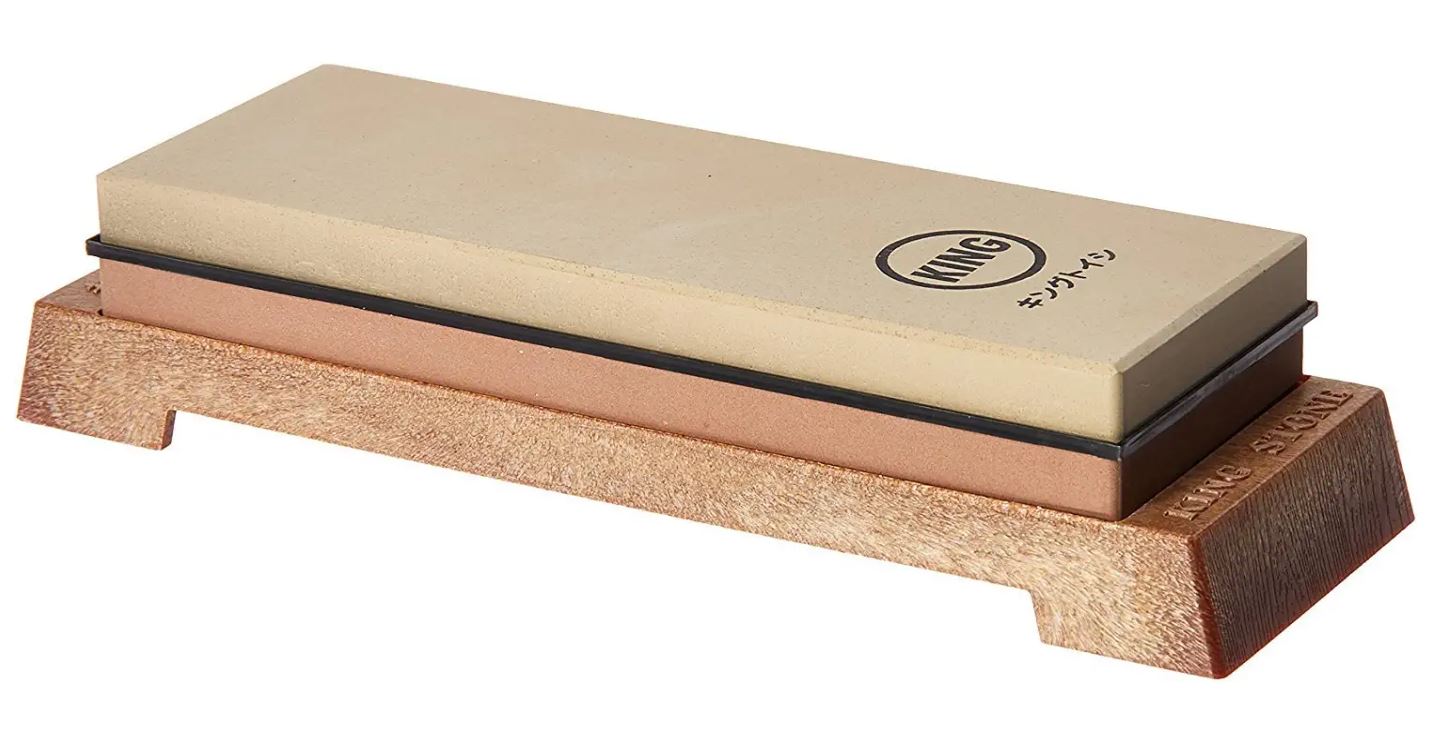Angerstone Coarse Multipurpose Whetstone
Last updated: November 20, 2023
Whether you're a home cook who enjoys preparing meals for the family or a professional chef, this whetstone is a must-have tool. The blue side of the stone is for sharpening your blades, while the white side is best for honing the blades. As an added bonus, this whetstone comes with a beautiful bamboo base.
We looked at the top Whetstones and dug through the reviews from some of the most popular review sites. Through this analysis, we've determined the best Whetstone you should buy.
Product Details
Key Takeaway: When shopping on a budget, this affordable whetstone is the way to go.
In our analysis of 14 expert reviews, the Angerstone Coarse Multipurpose Whetstone placed 7th when we looked at the top 8 products in the category. For the full ranking, see below.From The Manufacturer
Use a knife stone sharpening,this is the best option to achieve the best and sharpest edge. When choosing a wet stone sharpeners, there are two main items to consider: grit and size. Our 1000/6000 sharpening stone is double sided to provide two grits enabling one stone to satisfy the basic requirements of sharpening. Our whetstone sharpening can take even the most dull knife and bring it to razor sharpness. The 1000 grit side will restore an edge profile. The 6000 grit side will smooth the edge to produce an excellent cutting knife. The size is ideal for kitchen knives at approx 7.08″ length with a width of 2.36”. This is the most common length kitchen knife sharpening stone we sell for kitchens, because it is large enough for ease of use, while still very portable and fits easily in a drawer.
